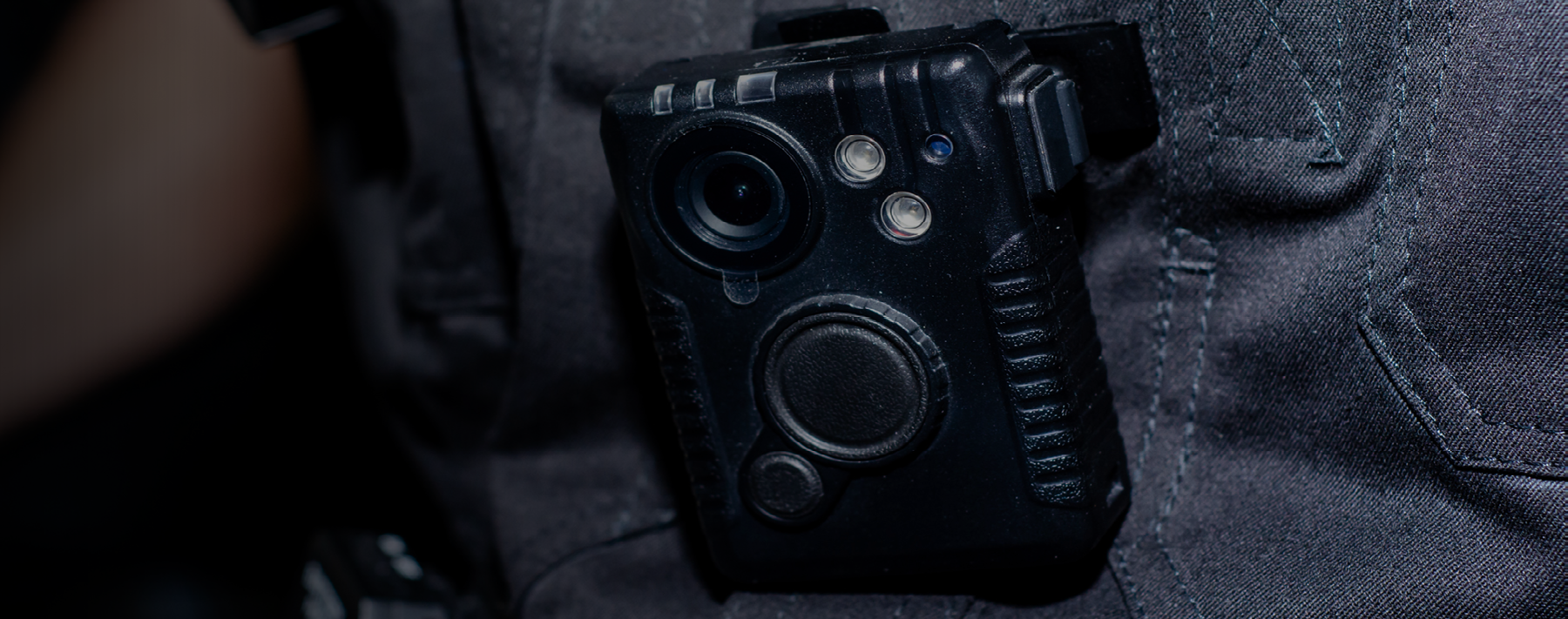United States v. Williams, 2023 WL 3494674 (6th Cir. 2023)
A trooper saw Van Williams following closely behind another vehicle on a highway in Michigan. The trooper pulled behind Williams’ Tahoe and performed a database check that showed the Tahoe had been in Houston, Texas, the day before.
The trooper pulled the Tahoe over and approached on the passenger side. Williams was in the driver’s seat and Jamar Bloom was in the passenger seat. Bloom handed over his driver’s license without making eye contact with the trooper and without being asked. After the trooper asked Williams for his license and proof of insurance, Williams provided his license and a vehicle rental agreement. The trooper told Williams to exit the Tahoe so she could hear him better and asked about his itinerary. Williams said he had been in Indiana and was headed to Detroit. The trooper pressed Williams about his reasons for being in Indiana; Williams said he was a laborer and produced a business card. When the trooper pressed for details, Williams became defensive.
The trooper returned to her patrol car and made database checks for both men. She asked for backup. Williams had no warrants or record; Bloom’s record showed he was on probation. As the trooper completed these checks, a K-9 officer arrived with a drug-detection dog. Approximately seven minutes into the stop, the trooper completed the database checks and again approached the Tahoe.
When the trooper questioned Bloom, he gave evasive answers. Bloom said he was coming from “somewhere around the Indiana-Michigan border.” Bloom initially gave his destination as “Saginaw,” later saying he was going to see an aunt in Detroit. When the trooper asked Williams about where he picked Bloom up and whether Bloom had accompanied him in Indiana, Williams refused to answer. The trooper asked Williams for consent to search the car; he refused. The trooper told Williams to stand back while the handler directed a K-9 sniff of the Tahoe’s exterior. When the K-9 gave a positive final response to the odor of controlled substances, the officers searched the car and found two gym bags containing cocaine and methamphetamine.
Both men were charged with possession of controlled substances with intent to distribute. Bloom and Williams claimed the traffic stop was unconstitutionally prolonged, and that Williams’ arrest was unsupported by probable cause. The trial court denied their suppression motions and they appealed.
A traffic detention must last no longer than necessary to resolve the suspected traffic violation, either by warning, citation or hearing an explanation from the driver (Rodriguez v. United States, 575 U.S. 348 (2015)). According to Rodriguez, a stop may “last no longer than is necessary to effectuate the initial purpose of the stop…Authority for the seizure thus ends when tasks tied to the traffic infraction are—or reasonably should have been—completed.”
The detention and investigation must be reasonably related to the initial reason for the stop unless other factors support additional reasonable suspicion. Any further detention must be supported by reasonable suspicion of more serious criminal activity. The appellate court observed there was no doubt the initial stop was justified based on Williams’s traffic violation. The court also noted the trooper “diligently” undertook tasks incident to the initial stop, defining the proper tasks as checking Williams’s license, registration and rental agreement, and asking both Williams and Bloom “context-framing” questions about their travel history and plans.
“Williams’s ‘dubious travel plans’ are a weighty factor in establishing reasonable suspicion to extend the stop.”
The purpose of the initial stop was complete when the trooper completed computer checks and decided whether to issue a citation. Then, the trooper extended the stop. The question for the appellate court was whether the trooper had grounds to do so: “The bar is low. Reasonable suspicion requires only that the officer have ‘a moderate chance’ of finding evidence of illegality on further investigation.”
The court of appeals stated that what the trooper “heard and saw during those initial seven minutes clears the not ‘particularly high’ hurdle of reasonable suspicion.” The court recited the “numerous oddities and inconsistencies regarding defendants’ travel.” The trooper learned Williams’s rental car had been in Houston the morning before, almost a 19-hour drive away. Though Williams told the trooper he was vacationing in Indiana, he claimed immediately after that he was a laborer. The trooper knew any vacation could have lasted only a few hours, given the distance involved. While Williams claimed to be headed to Detroit, his travel route was several hours off the most direct route between Houston and Detroit. “Taking all of this together, Williams’s ‘dubious travel plans’ are a weighty factor in establishing reasonable suspicion to extend the stop.”
In addition to these factors, the court cited several less-persuasive factors “entitled to somewhat less weight, though still relevant to the overall reasonable suspicion inquiry.” Those factors include that the defendants were traveling between what the trooper described as a known source and destination for drug trafficking, their use of a rental car, and the “oddity of Bloom not making eye contact when he handed over his driver’s license.” Additionally, Bloom’s probation status added to the reasonable suspicion. The court observed probation conditions ordinarily restrict out-of-state movement without the permission of probation authorities. Thus, the trooper was justified in asking Bloom whether he was in compliance with his probation conditions when she discovered he was outside of the jurisdiction where probation was imposed. Finally, the inconsistency and evasiveness of Bloom’s and Williams’ answers about travel plans contributed to the reasonable suspicion calculation.
The final issue was whether the search of the rental car and subsequent arrests were based upon probable cause: “The drug-sniffing dog’s positive indication to the scent of narcotics in the car established probable cause for the search. Where a dog is properly certified, its positive alert alone is sufficient” (Florida v. Harris, 568 U.S. 237 (2013)). “That is the case here.” The dog’s positive final response to the odor of controlled substances provided probable cause for the search. The results of the search—the drugs in the gym bags in the back seat of the vehicle—provided probable cause to arrest both men.



